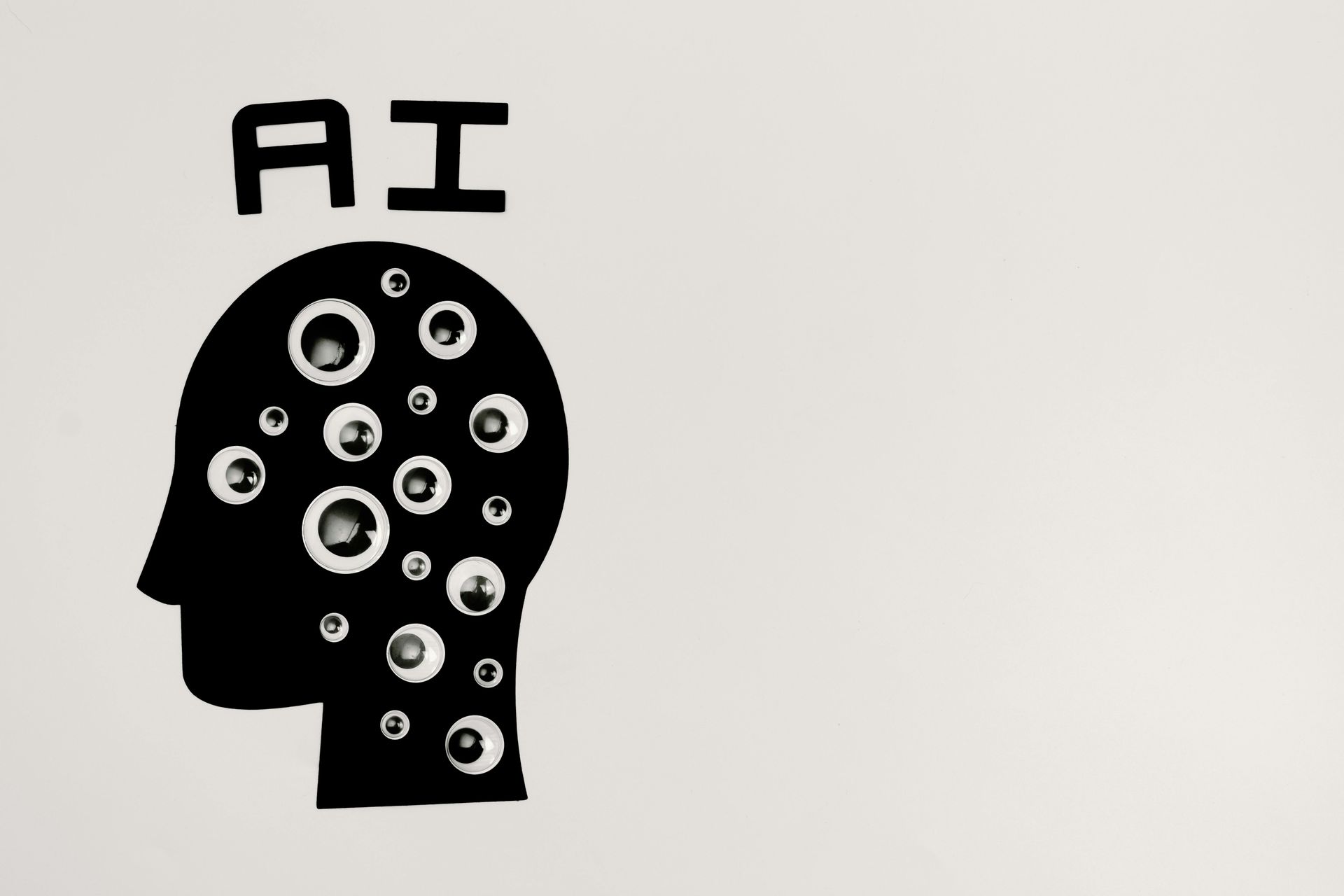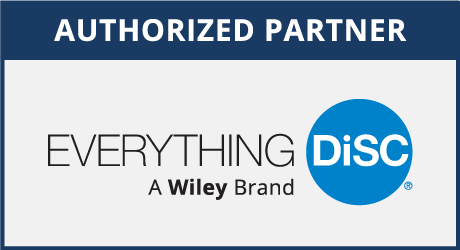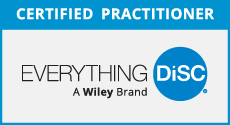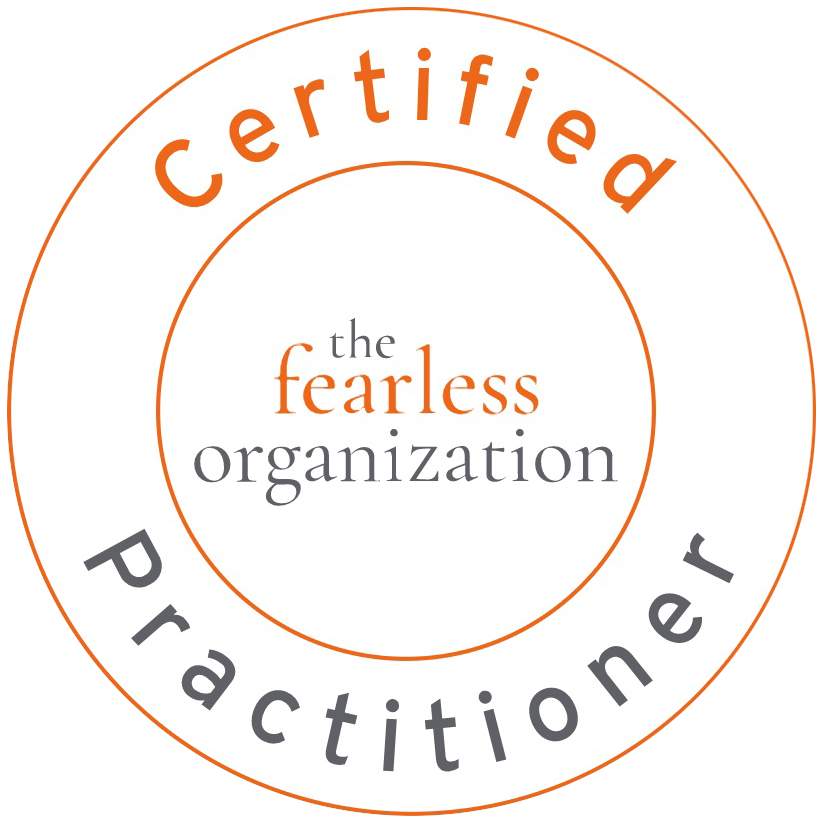
Human Resources: The Catalyst for Employee Engagement
Employee engagement is a key factor in the success of any organization.
Engaged employees are more productive, innovative, and committed to their work, leading to better overall performance and increased retention. At the heart of fostering this engagement is the Human Resources (HR) department, which plays a pivotal role in creating an environment where employees feel valued, motivated, and connected to their work and the organization.
Understanding Employee Engagement
Employee engagement refers to the emotional and psychological commitment an employee has towards their organization and its goals. Engaged employees are enthusiastic about their work, take pride in their contributions, and are willing to go the extra mile to achieve success. This engagement is influenced by various factors, including job satisfaction, recognition, opportunities for growth, and the overall work environment.
The Role of HR in Employee Engagement
HR departments are uniquely positioned to drive employee engagement through various strategies and initiatives. Here are some key ways HR can act as a catalyst for employee engagement:
- Recruitment and Onboarding:
- Hiring the Right Fit: HR plays a crucial role in recruiting individuals who align with the company’s values and culture. By selecting candidates who are not only skilled but also a good cultural fit, HR sets the stage for higher engagement from the outset.
- Effective Onboarding: A comprehensive onboarding process helps new employees feel welcomed and integrated into the organization. HR can design onboarding programs that provide new hires with the necessary tools, information, and support to succeed in their roles.
2. Learning and Development:
- Continuous Learning Opportunities: HR can provide ongoing training and development programs that help employees enhance their skills and advance their careers. Providing opportunities for professional growth shows employees that the organization is invested in their future.
- Leadership Development: Developing strong leaders within the organization is essential for maintaining high levels of engagement. HR can implement leadership and employee training programs that prepare employees for managerial roles, higher levels of responsibility, and foster a culture of mentorship and support.
3. Performance Management:
- Regular Feedback and Recognition: HR can establish performance management systems that include regular feedback and recognition. Acknowledging employees’ efforts and achievements boosts morale and reinforces positive behaviors.
- Goal Setting and Alignment: HR can help employees set clear, achievable goals that align with the organization’s objectives. When employees understand how their work contributes to the company’s success, they are more likely to be engaged and motivated.
4. Employee Well-being:
- Work-Life Balance: HR can promote policies and practices that support work-life balance, such as flexible working hours, remote work options, and wellness programs. Ensuring employees have a healthy work-life balance is crucial for maintaining engagement and preventing burnout.
- Mental Health Support: Providing resources and support for mental health is increasingly important. HR can offer employee assistance programs, counseling services, and initiatives that promote mental well-being.
5. Creating a Positive Work Environment:
- Inclusive Culture: HR can foster an inclusive and diverse workplace where all employees feel respected and valued. Promoting diversity and inclusion initiatives helps create a sense of belonging and enhances engagement.
- Open Communication: Encouraging open and transparent communication between employees and management is vital. HR can facilitate regular all-hands meetings, feedback sessions, and other forums where employees can voice their opinions and concerns.
6. Employee Involvement and Empowerment:
- Empowering Employees: HR can implement practices that empower employees to take ownership of their work and make decisions. Empowered employees are more likely to be engaged and committed to their roles.
- Encouraging Innovation: Creating an environment where employees feel encouraged to share ideas and innovate can lead to higher engagement. HR can support initiatives that promote creativity and collaboration.
Measuring and Improving Employee Engagement
To effectively drive employee engagement, HR must also focus on measuring and continuously improving it. This can be achieved through:
- Employee Surveys: Conducting regular employee engagement surveys to gather feedback and identify areas for improvement.
- Focus Groups and Interviews: Holding focus groups and one-on-one interviews to gain deeper insights into employee experiences and concerns.
- Data Analysis: Analyzing engagement data to identify trends and develop targeted strategies for improvement.
- Action Plans: Developing and implementing action plans based on survey results and feedback to address identified issues and enhance engagement.
Conclusion
Human Resources is the catalyst for employee engagement, playing a key role in creating a work environment where employees feel valued, motivated, and connected to their organization. By focusing on recruitment, talent development, performance management, well-being, and creating a positive work environment, HR can drive higher levels of engagement and contribute to the overall success of the organization. Engaged employees are not only more productive and innovative but also more likely to stay with the company, leading to long-term benefits for both the employees and the organization.
Don't forget to share this post!
New to Our Blog?
The Viewpoint Blog informs, educates, and empowers the professionals of today and tomorrow on HR, business, and sales through 5-minute reads.
RECENT POSTS
Subscribe to Viewpoint
By submitting this form you are opting-in to receive occasional email from AxisTD, which you may unsubscribe from at any time. We respect your privacy.
Like our blog? Show some love, and share.
















